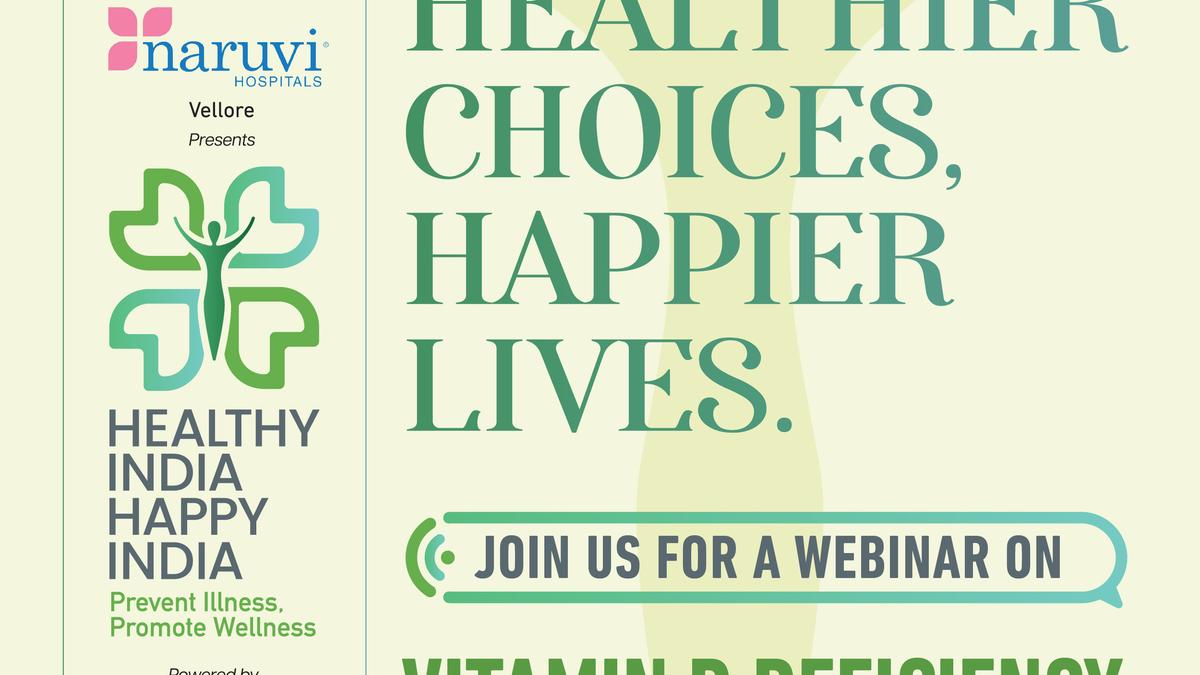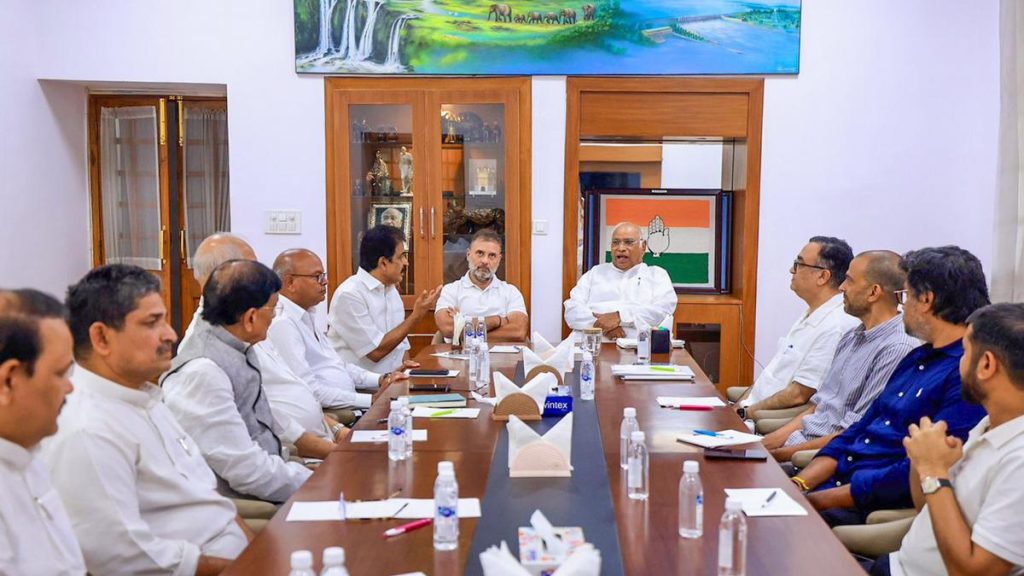Now Reading: Experts Highlight Public Health Risks of Vitamin D Deficiency
-
01
Experts Highlight Public Health Risks of Vitamin D Deficiency
Experts Highlight Public Health Risks of Vitamin D Deficiency

Quick summary
- A webinar titled “Vitamin D Deficiency: Myths vs Reality” was conducted under the “healthy India, Happy India” initiative, presented by Naruvi Hospitals, Vellore, and The Hindu.
- Experts highlighted Vitamin D deficiency reaching epidemic proportions in India, with 40% to 90% of Indians estimated as deficient.
- Major causes include lifestyle changes like staying indoors, use of sunscreen and sun-protective clothing.
- Deficiency can lead to serious health issues like rickets in children, osteomalacia in adults, impaired calcium absorption, and broader impacts on blood pressure regulation and immune system function.
- Risk factors include age-related changes, vegetarian diets lacking Vitamin D-rich foods (e.g., fish and meat), environmental pollution, chronic illnesses or medications affecting absorption.
- Key recommendations included:
– Mid-day sun exposure for synthesis through sunlight.
– Dietary measures such as consuming fish,egg yolk,fortified products or mushrooms.
– Supplements suggested for at-risk populations due to low absorption from oral intake (20%).
– Screening for deficiency thresholds while cautioning against toxicity from over-supplementation due to fat-soluble properties.
Image
 Watch the webinar here.
Watch the webinar here.
Indian Opinion Analysis
The concerning levels of Vitamin D deficiency among Indians underscore a complex intersection of modern lifestyle choices with traditional dietary patterns. While India’s predominantly vegetarian population poses inherent challenges in obtaining adequate Vitamin D from food sources alone, urbanization has further reduced outdoor activity essential for natural synthesis via sunlight exposure.
From a healthcare outlook, addressing this silent epidemic may require multi-pronged interventions-encouraging public awareness campaigns targeting outdoor activities during specific times of day while promoting fortified food options widely accessible across socio-economic groups. Additionally important is targeted screening for vulnerable segments like the elderly or individuals with chronic illnesses to prevent long-term outcomes that could strain public health infrastructure.
Overall focus on balancing supplementation and education regarding toxicity risks remains integral. such efforts will need collaborative action between government bodies promoting nutrient-fortified schemes alongside private healthcare providers emphasizing diagnostics.
—
Published: July 08th 2025 at 09:02 pm IST
Read more here.

























